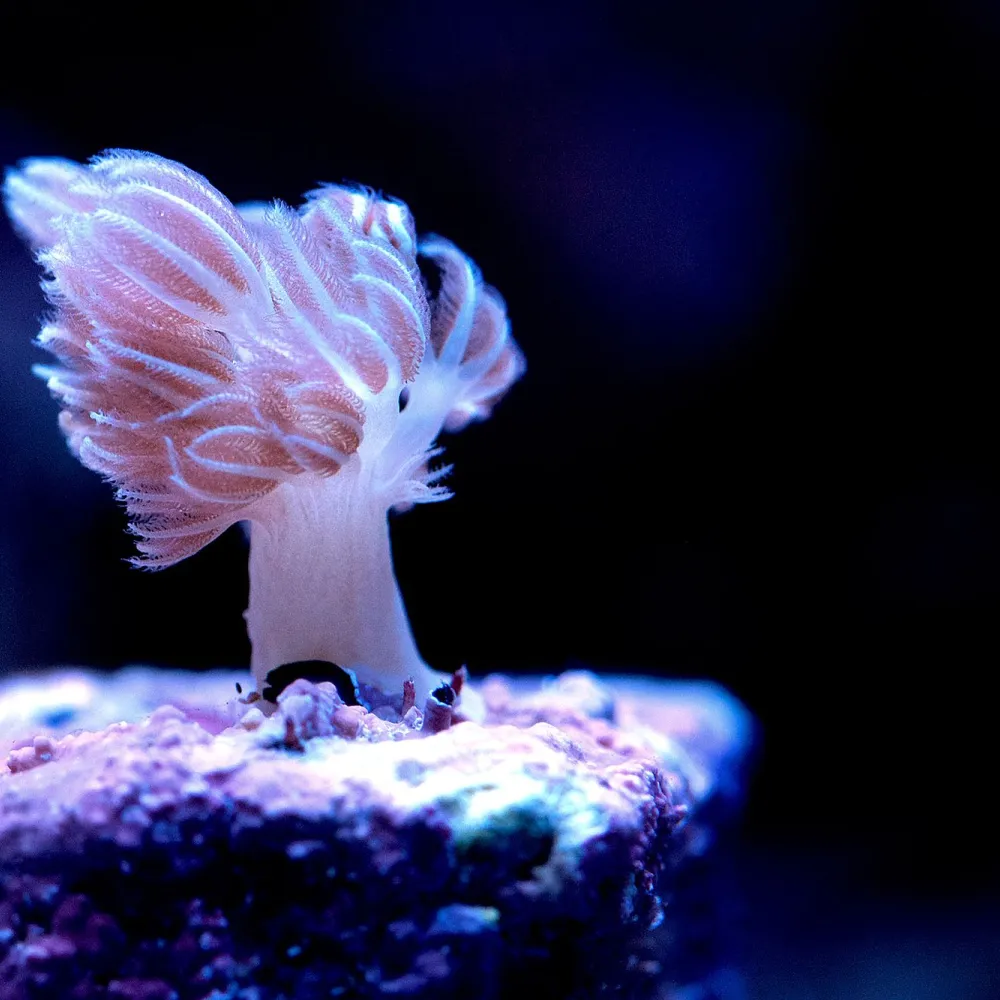

Carnegie Science
Feb 24, 2025
From coral reefs to gut microbiomes, Carnegie Science explores nature’s intricate partnership and paves the way for innovative solutions to global challenges.
"In the realm of biological research, symbiosis stands as a captivating and complex phenomenon that has long intrigued scientists. Carnegie Science is at the forefront of unraveling the mysteries of symbiotic relationships and their profound implications for human health, agriculture, and ecosystem resilience. Through cutting-edge research and innovative techniques, Carnegie scientists are making groundbreaking discoveries that could transform our understanding of the natural world and pave the way for sustainable solutions to some of the planet's most pressing challenges.
What is symbiosis?
Symbiosis is a biological concept referring to the close and often long-term interaction between two or more different species. The term encompasses a wide range of relationships, which can be mutualistic, commensal, or parasitic:
Mutualism: Both species benefit from the relationship. For example, the symbiosis between bees and flowers, where bees get nectar as a food source while pollinating the flowers.
Commensalism: One species benefits without significantly affecting the other. An example is barnacles that attach themselves to the shells of sea turtles. The barnacles get a place to live and feed, while the turtle is typically unaffected.
Parasitism: One species benefits at the expense of the other. For instance, tapeworms living in the intestines of animals, where they absorb nutrients from the host's food, often harming the host.
Symbiotic relationships are essential for many biological processes, including nutrient cycling, reproduction, and protection, and they play a crucial role in maintaining the balance of ecosystems.
Coral Conservation: Unraveling Symbiotic Secrets
Carnegie Science's Division of Biosphere Sciences and Engineering is leading the charge in studying the intricate relationship between coral and algae. Coral reefs, often referred to as the "rainforests of the sea," are vital to marine biodiversity and human livelihoods. However, they are under severe threat from climate change-induced ocean warming, which leads to coral bleaching.


Corals are marine invertebrates that build large exoskeletons from which reefs are constructed. But this architecture is only possible because of a mutually beneficial relationship between the coral and various species of single-celled algae called dinoflagellates that live inside individual coral cells. These dinoflagellates are photosynthetic, which means that, like plants, they can convert the Sun’s energy into chemical energy. An alga will share the sugars it synthesizes with its coral host, which in turn provides the alga with the inorganic carbon building blocks it needs, as well as phosphorous, nitrate, and sulfur.
By investigating how corals establish and maintain their symbiotic relationships with algae, Carnegie researchers, including Phil Cleves, Arthur Grossman, and Yixian Zheng, aim to understand the mechanisms behind coral resilience and develop strategies to mitigate the impacts of environmental stressors."
---
To view the full article, please visit:
